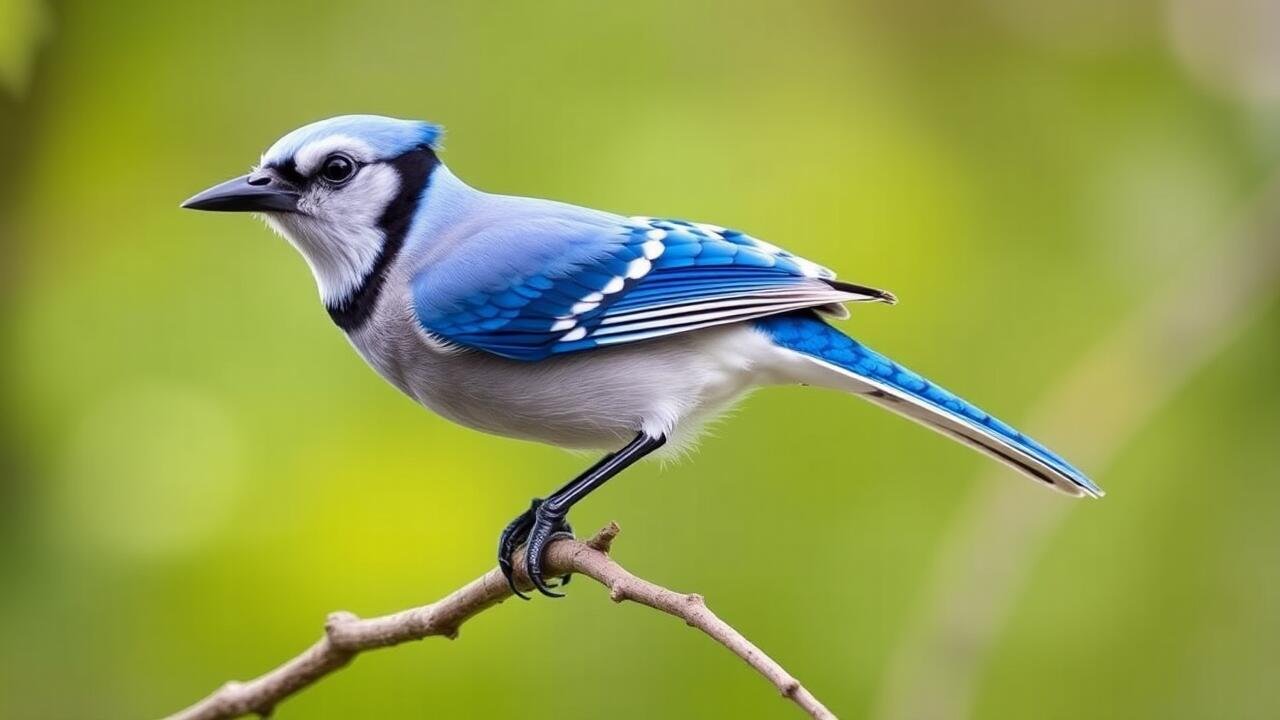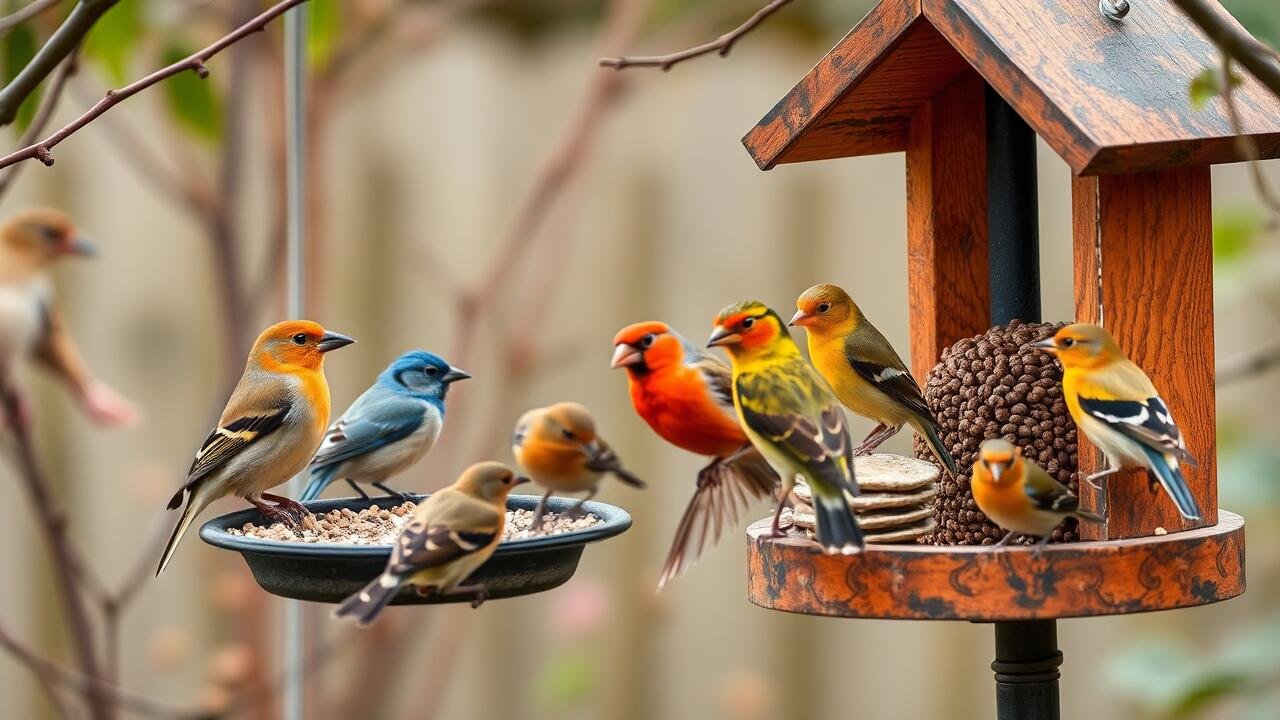Avoiding Pesticides and Chemicals
How do you attract birds to your backyard? It all starts by creating a bird-friendly environment involves embracing natural methods of pest control. Birds play a vital role in the ecosystem, providing benefits such as insect control. By avoiding pesticides and harmful chemicals, you not only protect wildlife but also promote a healthier outdoor space for your family. Organic gardening practices, such as introducing beneficial insects or using natural repellents, can reduce pests without posing risks to your feathered visitors.
Encouraging a diverse range of insects can attract birds that rely on them for food. This dynamic fosters a balanced ecosystem, ensuring that your backyard becomes a lively habitat. Native plants contribute to this balanced environment, as they often attract the insects birds love while providing shelter and nesting sites. By prioritizing natural solutions, you enhance the overall appeal of your outdoor space for both birds and other wildlife.
This new blog post covers this topic in more detail.
Promoting a Safe Habitat
Creating a safe environment for birds is essential for attracting them to your backyard. Birds are vulnerable to various threats, including predators and environmental hazards. Planting dense shrubs and trees provides shelter, allowing birds to escape from danger. Additionally, incorporating native plants can encourage local species to visit. These plants often offer natural food sources and nesting sites, contributing to a welcoming atmosphere.
Minimizing disturbances helps maintain a tranquil habitat for birds. Reducing noise pollution encourages birds to feel secure during feeding and nesting. Observing your backyard’s activity from a distance reduces stress on avian visitors. Water sources are also vital; providing birdbaths or small ponds allows birds to stay hydrated and clean. Regular maintenance of these features ensures they remain safe and attractive for your feathery friends.
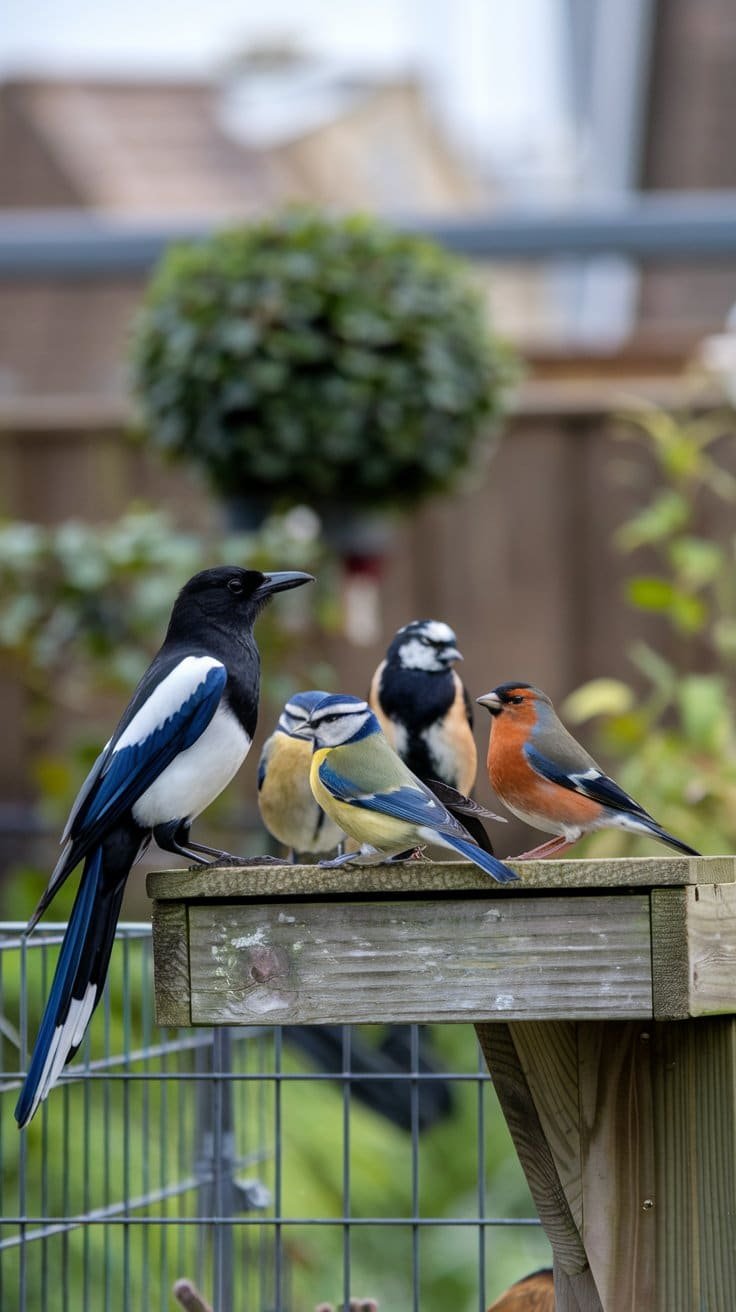
Attracting Specific Bird Species
Birdwatchers often seek to customize their environments to invite specific species. Understanding the dietary preferences and behaviors of these birds can help in selecting suitable feeders and foods. For instance, finches are attracted to Nyjer seed, while woodpeckers prefer suet. By offering the right food choices, one can increase the likelihood of spotting these desirable birds in the yard.
Additionally, creating the right habitat conditions further enhances the chances of attracting particular species. Providing native plants offers cover and natural food sources, crucial for many birds. Water sources, such as bird baths, also invite different species for drinking and bathing. Thoughtful landscaping can transform a garden into an inviting haven that appeals to the desired avian visitors.
Using Targeted Feeder Types
Different bird species have unique feeding preferences, which can be catered to by using specific types of feeders. Tube feeders, for example, are ideal for attracting finches and small songbirds that prefer nyjer seeds. Platform feeders tend to invite a wider range of visitors, including sparrows and jays, as they accommodate larger birds and ground feeders. Ensuring that the feeders are squirrel-proof can also maximize the chances of attracting your desired avian guests.
When setting up feeders, it is essential to consider placement and accessibility. Positioning feeders in sheltered areas, such as near dense shrubbery or under trees, can provide birds with protection from predators. Additionally, placing them at varying heights allows different species to access food easily, enhancing the diversity of birds in your backyard. Regular cleaning of feeders ensures hygiene and maintenance, which further encourages feathered friends to return time and again.
Seasonal Considerations for Bird Attraction
Birds have different needs depending on the season. In winter, food sources may become scarce. Providing high-energy foods such as suet and sunflower seeds can help birds survive colder months. Using heated bird baths also attracts them for drinking and bathing, supporting their well-being during frigid temperatures.
As spring approaches, the focus shifts to nesting. Offering nesting boxes, natural materials like twigs and dry grass, can encourage birds to settle in your area. During migration periods, a variety of food sources will attract different species looking for a pit stop. Adjusting your feeding stations and providing a mix of foods can enhance the diversity of birds visiting your backyard.
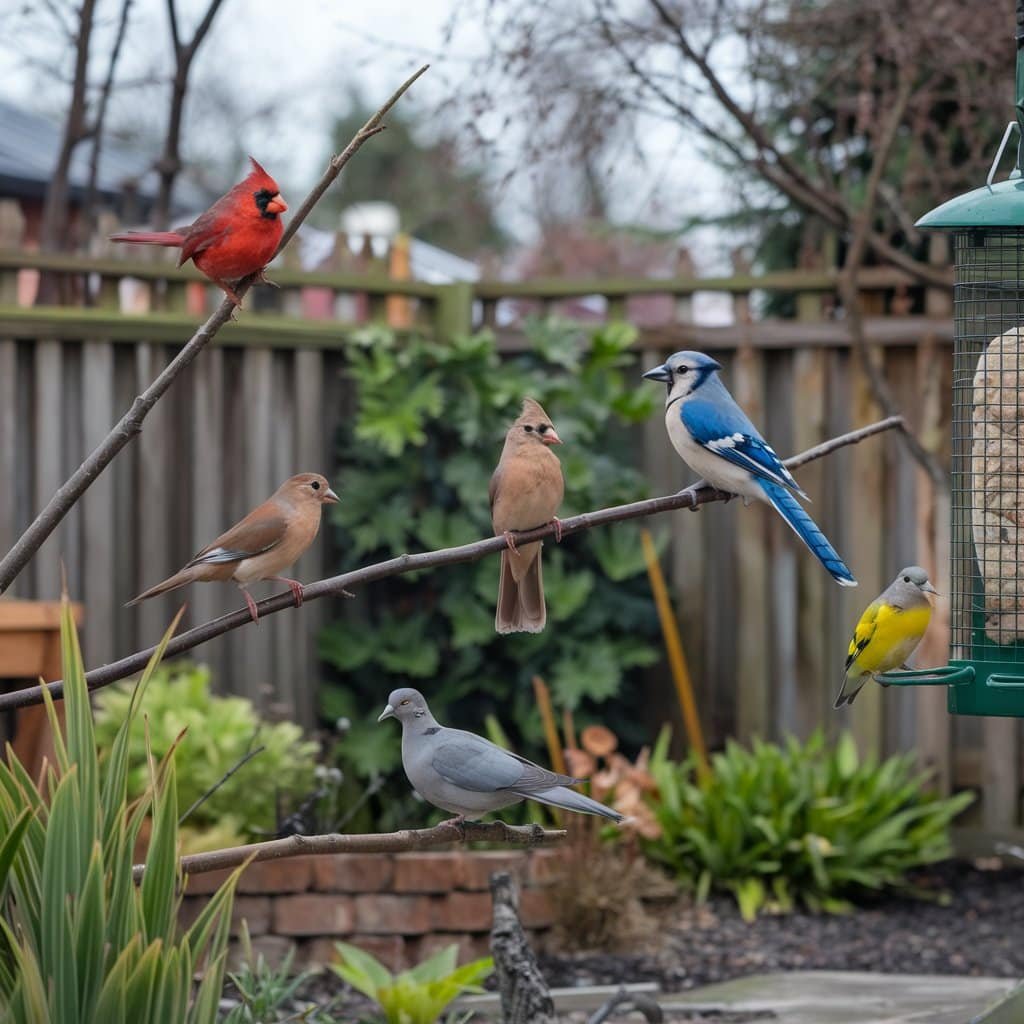
Adjusting Your Setup Throughout the Year
Throughout the different seasons, bird species will vary in their presence and preferences. During spring and summer, many birds seek nesting materials and protein-rich foods. Adding nests, suitable shrubs, and native plants will encourage a variety of visitors. Seed types should also be adjusted to include more high-protein options. For instance, sunflower seeds can cater to many birds, while mealworms attract insect-eating species.
As autumn arrives, changing the setup becomes essential to cater to migrating birds. Adding fruit-bearing plants and feeders stocked with suet can help attract species seeking energy-rich diets. Winter months bring different challenges. Providing open water sources through heated bird baths may become critical. Additionally, incorporating feeders with seeds like milo and safflower can entice winter residents and hungry migrants looking for sustenance. Each seasonal adjustment can contribute significantly to a vibrant backyard birding experience.
For more great reading, please check out The Complete Guide to Wild and Pet Bird Care: Tips, Products, and Resources
FAQS
Why should I avoid pesticides and chemicals in my backyard?
Avoiding pesticides and chemicals helps create a safe habitat for birds, as these substances can be harmful to them and can deter them from visiting your yard.
What can I do to promote a safe habitat for birds?
To promote a safe habitat, provide natural cover, fresh water sources, and native plants. Additionally, ensure that there are no hazards like open windows or outdoor cats that could threaten birds.
How can I attract specific bird species to my backyard?
Attract specific bird species by researching their preferred food sources and habitats. Use targeted feeder types and provide the right kinds of seeds or suet that those birds favor.
What types of feeders should I use to attract different birds?
Use a variety of feeder types such as tube feeders for finches, platform feeders for ground-feeding birds, and suet feeders for woodpeckers. Each type caters to different feeding preferences.
How can I adjust my setup to attract birds throughout the year?
Adjust your setup by changing the type of food and feeders you use according to the season. In winter, provide high-energy foods like suet, while in spring and summer, offer a variety of seeds and fresh fruits to attract nesting birds.
Related Links
The Ultimate Guide to Attracting Birds to Your Backyard
Is it good to have a lot of birds in your yard?
What scents attract birds?
What bird food attracts the most birds?
What smell do birds hate the most?
Why won’t birds come to my yard?
What color attracts most birds?
What liquid attracts birds?
What do birds love the most?
How do you call birds to your yard?
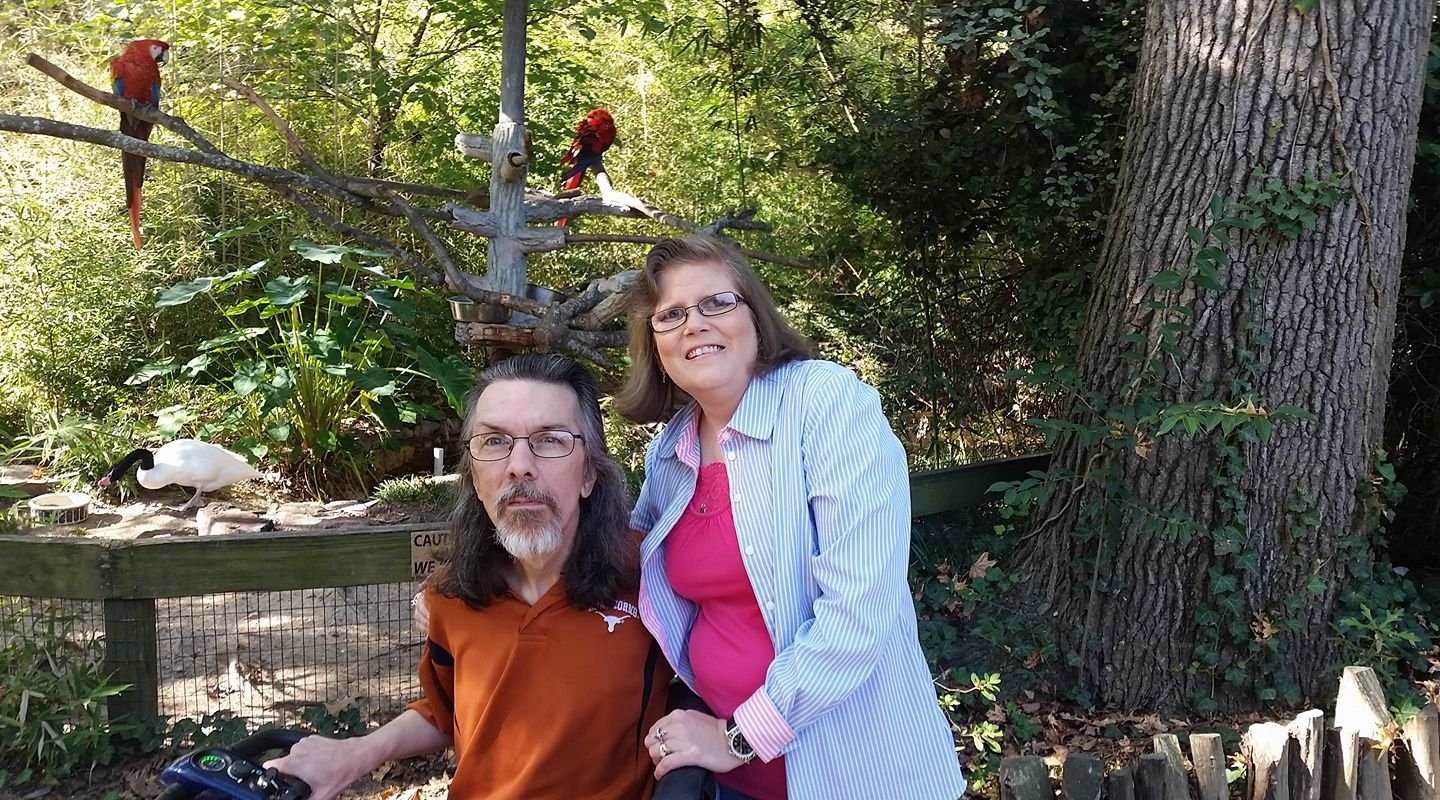
My name is Shane Warren, the author behind Chirping Birds Hub – your ultimate guide to the wonderful world of birds! Unleash your inner avian explorer as we delve into a vibrant library of knowledge dedicated to all things feathered. From learning about diverse bird species from across the globe to understanding their captivating habitats and behaviors, I’m here to fuel your passion for these magnificent creatures. Not only that, but I also provide valuable insights on being a responsible and informed pet bird owner. Join our vibrant community and let’s celebrate the feathered wonders of the world together – one chirp at a time.

